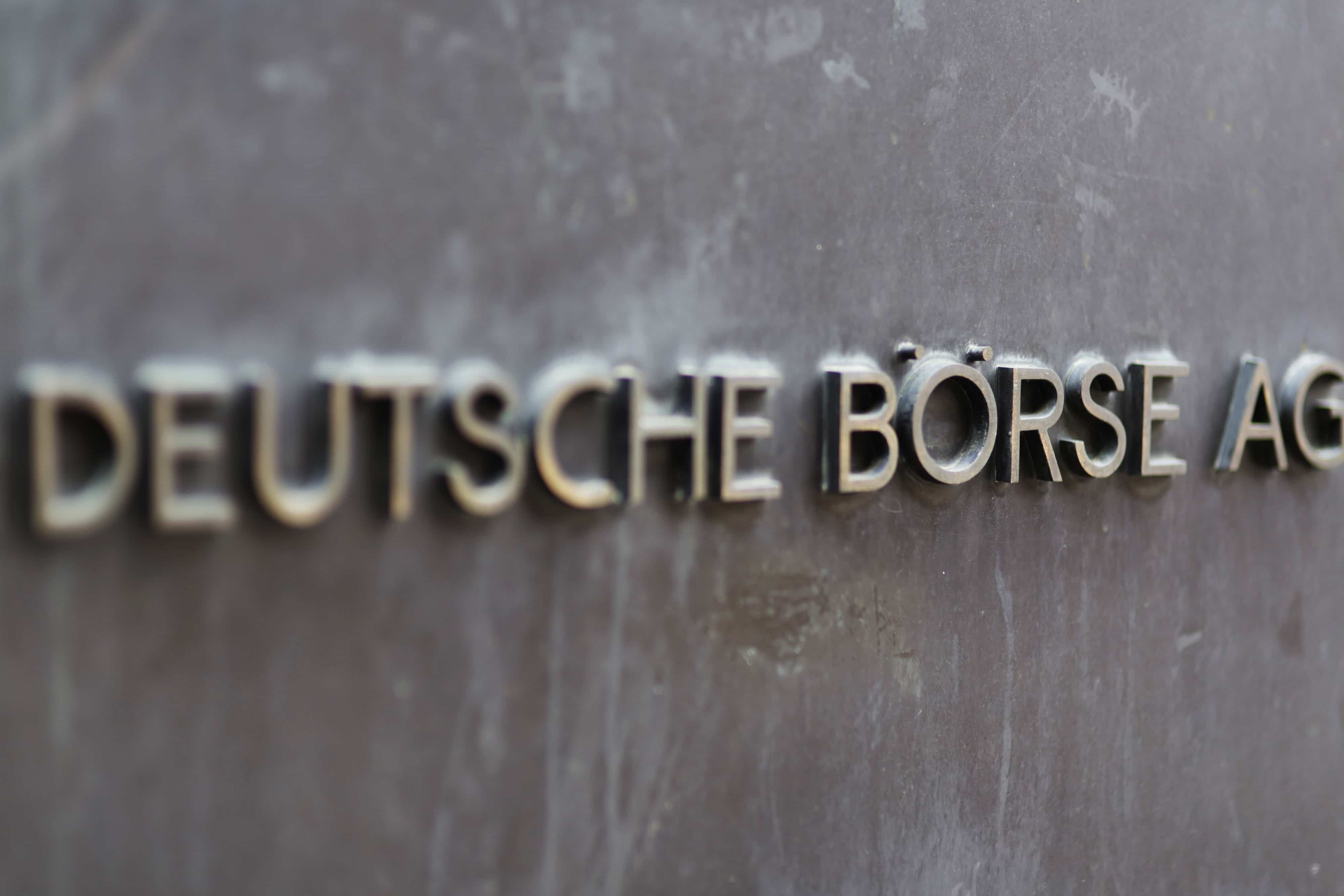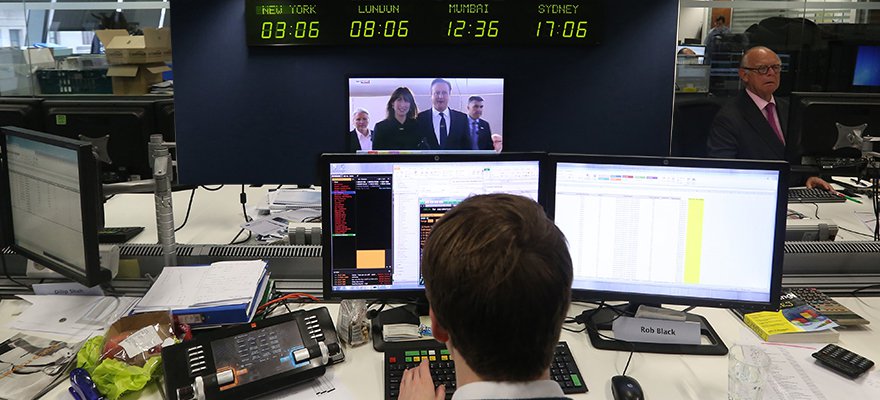On June 23 the UK will finally be holding its long-anticipated referendum to decide whether it will or will not remain part of the European Union. The potential for this so-called Brexit creates an additional level of uncertainty in the financial markets and not just for those companies with a presence in the UK.
The upcoming merger of the London Stock Exchange (LSEG) and Deutsche Boerse (DB), subject to regulatory approval, is another factor contributing to market volatility on top of the already dampening effects of a China slowdown, declining oil prices and US Fed policy.
increased volatility runs counter to concerns that Brexit may quell M&A activity
Where there is uncertainty there are trading opportunities to be found, particularly for the more flexible and adaptable firms in the marketplace. A pertinent example of this was the timing of the DB/LSEG’s announcement that they are planning a “merger of equals”. According to sources cited by the Financial Times, the German trading venue may even have deliberately timed its bid for the LSE to coincide with the referendum uncertainty.
The intention is possibly to ward-off potential counter-bids - a recent WSJ article cites a HoldCo was established by DB and LSEG to try to ward off hostile bids - although ICE, the Intercontinental Exchange, is likely to make a counter-offer on the heels of the all-share deal between DB and LSEG.
Liquidity bridge to the continent
Whatever the outcome, the potential merger announcement comes at a strategically significant time in light of the ongoing Brexit uncertainty. While other firms, notably HSBC and Bats Chi-X, are weighing-up the risk of keeping operations in the UK against the huge cost of relocating to the continent, the merger may prove a shrewd hedge against the potential for Britain to vote out of the EU.
DB and the LSEG plan to create a UK-based holding company which would have dual headquarters in both London and Frankfurt, so their new single-entity would own trading venues in two very different regulatory and tax regimes.
This design will likely benefit the trading venues themselves, but also their clients and ultimately the market as a whole. By connecting the two cash exchanges they would, in their own words, create a “liquidity bridge” which they claim broadens customer access to a wider range of securities. But perhaps even more tangible are the potential cost-savings that may be created from the merger of two leading, yet distinctly different, clearing houses.
A portfolio margining service between the listed and OTC derivative markets of DB’s Eurex Clearing and LCH.Clearnet, which is 58% owned by the LSEG, would provide balance sheet savings to clients and margin relief. As two of the largest clearing house operators in Europe, a potential merger stops the duplication of expenses and allows clients to reduce the overall amount of capital reserved for trading.
The pair say they estimate the cost synergies will reach €450 million per year. And alongside these cost savings, being able to trade both listed and OTC instruments on a single platform creates a number of trading synergies that can be leveraged as well.
Releasing liquidity back into the market
This merger of an interest rate futures clearinghouse and an interest rate swaps clearing house would create significant margin efficiencies for market participants. As I have mentioned, the financial markets are in the midst of a uniquely volatile and unpredictable time, but the margin offsets from the DB/LSEG move, if successful, could release billions of euros back into the market.
This is very good news for the industry as balance sheet capital will finally be available to clients to put to work. This redeployment could be the silver lining and boost liquidity across all asset classes.
the merger may prove a shrewd hedge against the potential for Britain to vote out of the EU
Before we get too excited we must note that historical, national, political and regulatory hurdles must be overcome first, not to mention the potential threat of counter-bids from not just ICE but possibly CME, Cantor/BGC and Hong Kong Exchanges & Clearing who may yet register an interest.
Whichever venue is successful in the race to merge with the LSEG, the increased volatility runs counter to concerns that Brexit may quell M&A activity and can provide trading opportunities to those firms that are ready to exploit the current environment.
The bottom line is that no matter the outcomes of these significant commercial, political and economic decisions, firms should be preparing for all eventualities and this is a challenge.
Managed serviced firms address this challenge by offering agile trading infrastructure globally, mitigating risk, and streamlining the process of setting up or moving infrastructure. This enables companies to quickly react to trading opportunities across a variety of asset classes or platforms.
If an LSEG merger is successful, in whatever form, then even in the midst of Brexit uncertainty shrewd investors may be able to leverage the benefits of a newly created pan-European trading venue and still come out on top.

















